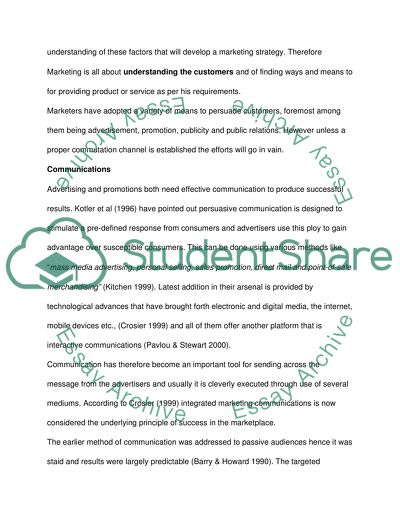Cite this document
(Integrated Advertising Promotion and Marketing Communications Case Study, n.d.)
Integrated Advertising Promotion and Marketing Communications Case Study. Retrieved from https://studentshare.org/marketing/1555826-rspca-royal-society-for-the-protection-of-cruelty-to-animals
Integrated Advertising Promotion and Marketing Communications Case Study. Retrieved from https://studentshare.org/marketing/1555826-rspca-royal-society-for-the-protection-of-cruelty-to-animals
(Integrated Advertising Promotion and Marketing Communications Case Study)
Integrated Advertising Promotion and Marketing Communications Case Study. https://studentshare.org/marketing/1555826-rspca-royal-society-for-the-protection-of-cruelty-to-animals.
Integrated Advertising Promotion and Marketing Communications Case Study. https://studentshare.org/marketing/1555826-rspca-royal-society-for-the-protection-of-cruelty-to-animals.
“Integrated Advertising Promotion and Marketing Communications Case Study”. https://studentshare.org/marketing/1555826-rspca-royal-society-for-the-protection-of-cruelty-to-animals.


